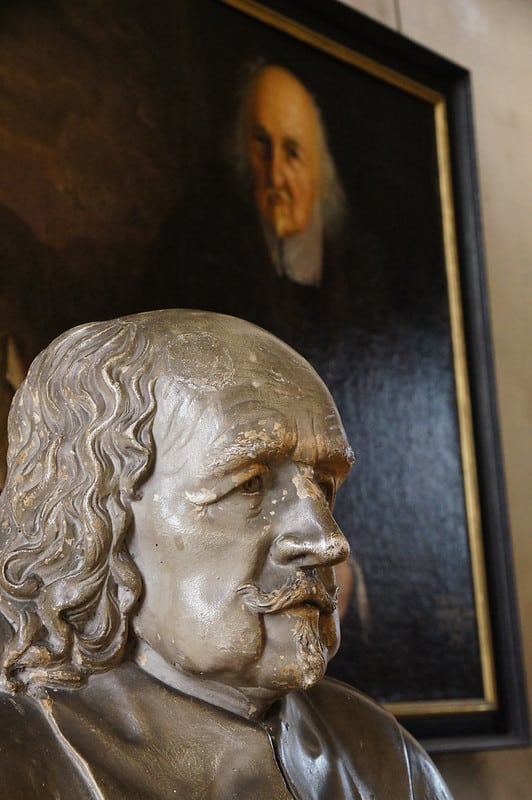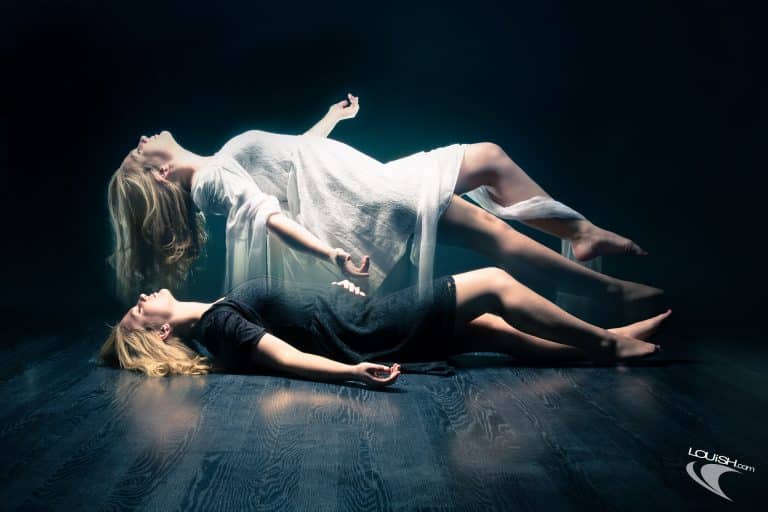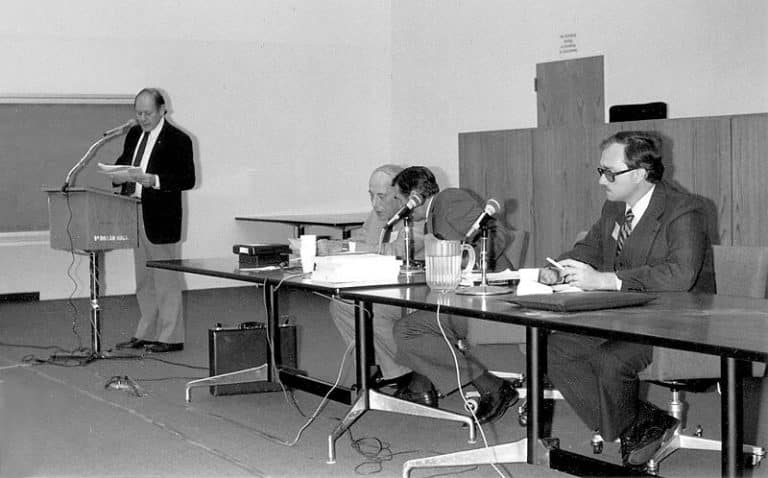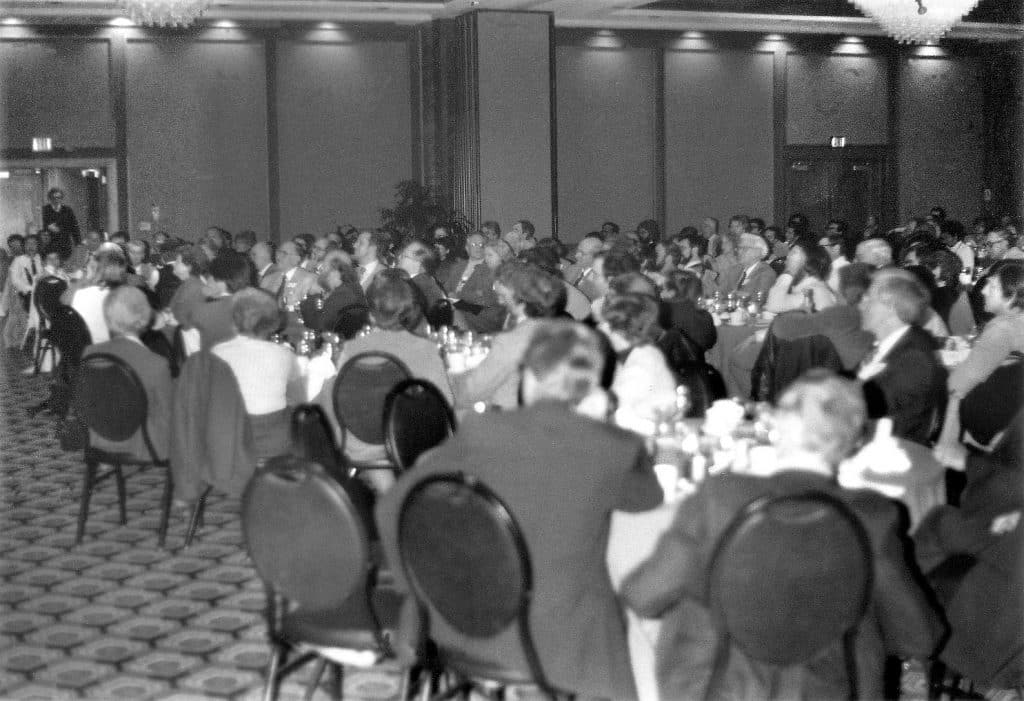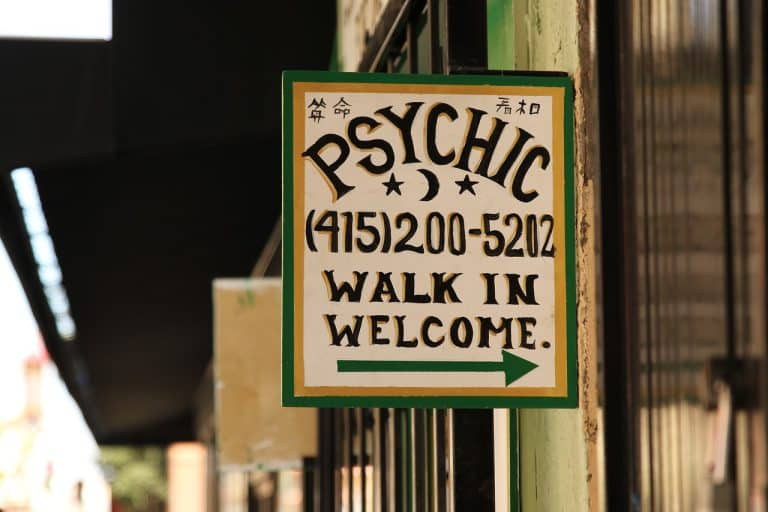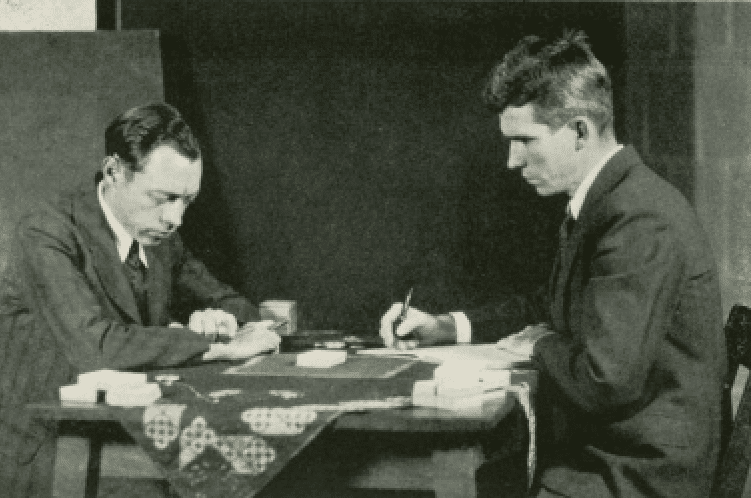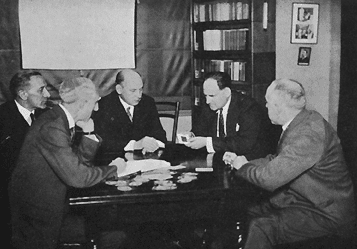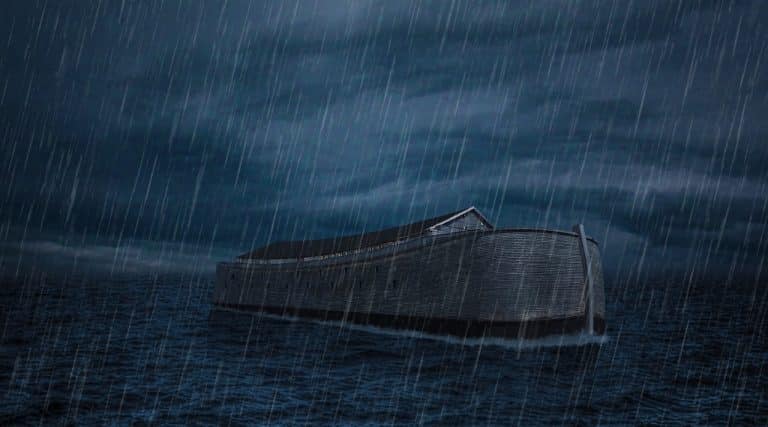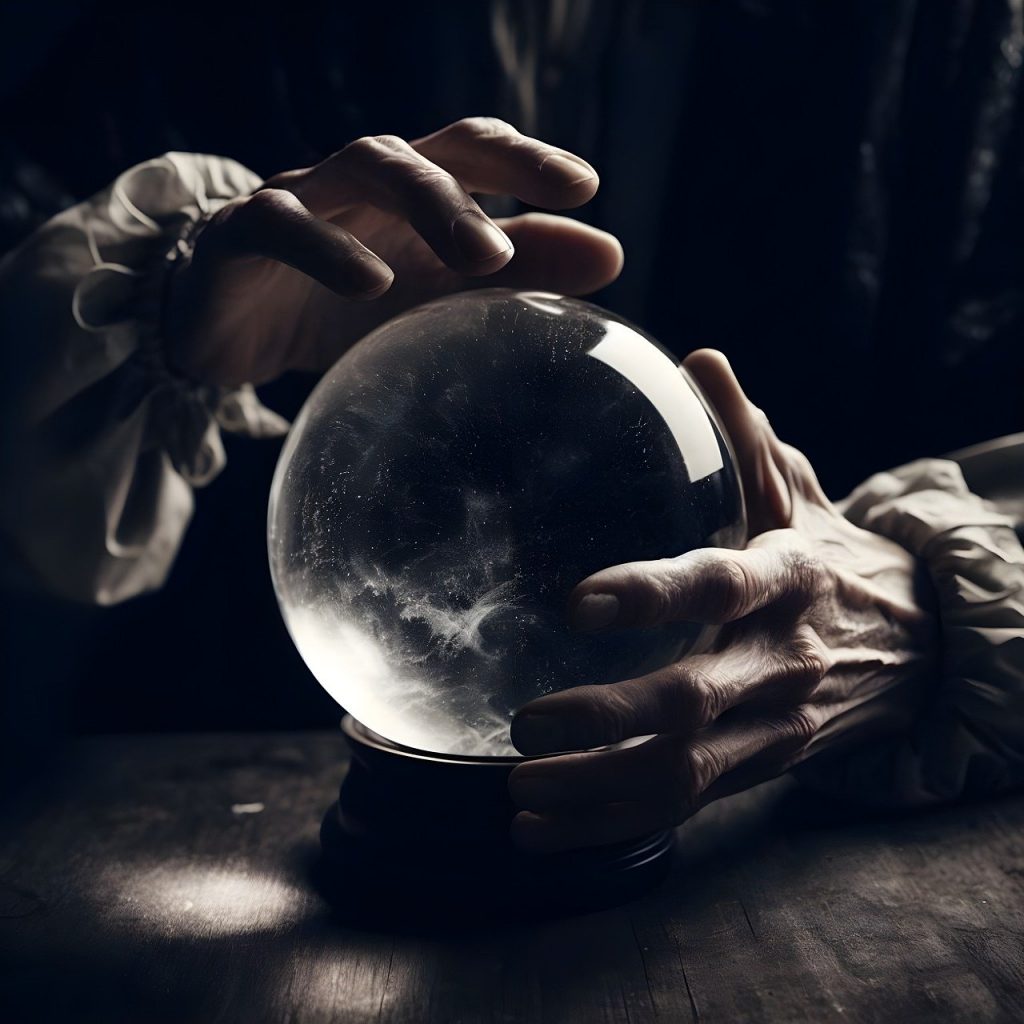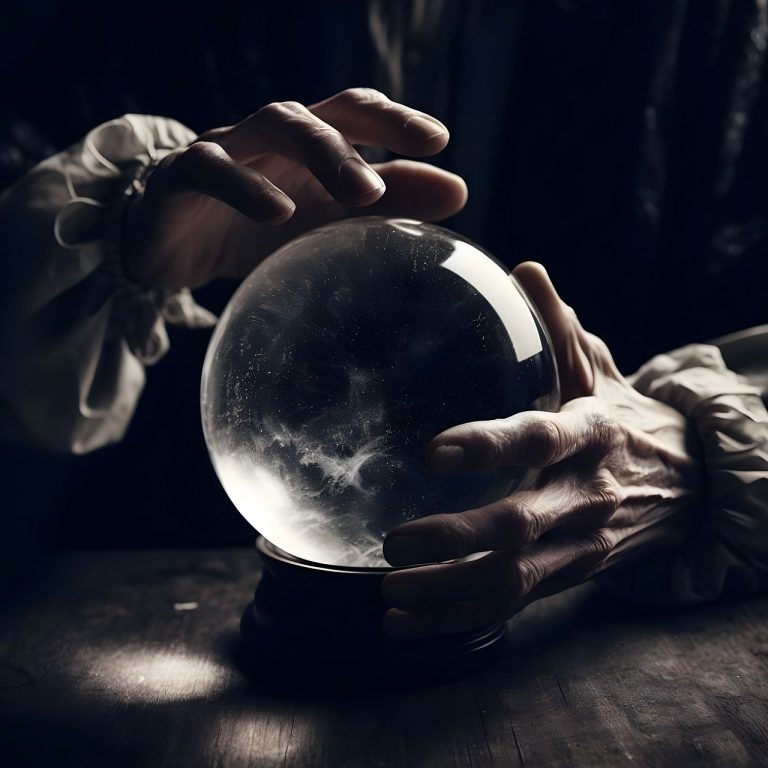This article originally appeared in The Skeptic, Volume 2, Issue 3, from 1988.
Paul Kurtz was chairman of the Buffalo, NY-based Committee for Scientific Investigation of Claims of the Paranormal (CSICOP), editor of the humanist magazine Free Inquiry, President and editor-in-chief of Prometheus Books, and a professor of philosophy at the State University of New York at Buffalo. He was author of 27 books, the most recent of which is The Transcendental Temptation. Paul Kurtz dies in Octoober 2012.
For this two-part interview, founder of The Skeptic, Wendy Grossman, interviewed him at his home on September 21st. 1987.
WG: There were a number of write-ups about the Parapsychology Association Conference, mostly about Bob Morris, who is reported now to be doing things – looking for people who’ve had trouble with machines, you know, “are you a computer jinx, write to us” that sort of thing, and the other thing is he’s looking through Scottish folklore, and he’s looking through the files at the School of Scottish Studies in Edinburgh, looking for patterns that might be worth researching.
PK: What kind of patterns?
WG: The articles didn’t really say.
PK: I think Robert Morris is a good man, he was at the University of Syracuse, we’ve had him at our CSICOP conference, and I think he’s fair-minded in his approach, and objective. We’ve indicted many of the psychical researchers in the past for being biased, and wanting to help the facts, and being willing to interpret some of the results positively, but I think that the parapsychologists have learned from our criticisms and that many of them do want to abide by the stringent rules of scientific objectivity, and I think Bob Morris comes under that category. I think he was one of the best choices that Edinburgh could have made.
WC: They had a lot of trouble, didn’t they, finding a university to take the Chair in the first place?
PK: Yes. I think it’s terrible. I think that any field of investigation ought to be pursued, and the fear of pursuing parapsychological research, considering it to be less than respectable, is an expression of unfortunate timidity. I welcome any kind of research in parapsychology or psychical research. I’d never want to cut that off. I’m unconvinced as yet that they’ve found anything that stands the test of scrutiny. But of course what’s going on in the parapsychological laboratories is far different from the media, the popular imagination, and how that has been exploited.
WG: Hilary Evans has just been saying [B&IS 1.5] if UFOs are really landing and taking people away, this is one of the most important things that has ever happened to the human race, and how do we learn about it? From popular books sold in neighborhood bookstores.
PK: Exactly. Philip Klass has said that if UFOs are landing and abducting people, then this is of cataclysmic significance. If there are intelligent civilizations elsewhere, then a large share of government money and research ought to be spent on this inquiry. But generally it’s on the fringes that you get the claims made, and reputable scientists and news organizations have not been able to confirm them. That’s why we’re skeptics.
WG: As a folksinger, I know some of the folk tales Hilary’s referring to, and it’s fascinating to watch the patterns. People used to be abducted by the fairies. Steuart Campbell says that every loch in Scotland at one time had its kelpie, which took people away and this was an explanation for drownings that nobody understood. And now people disappear on UFOs.
PK: It’ s very similar. Because in the whole history of the race there were monsters. I mean, there were gorillas, tigers, wild wolves, and bears. It’s only been in the last fifty years that we’ve tamed practically every corner of the globe. So this fear of monsters was meaningful historically. It cuts deeply in the primeval consciousness of man, and I suppose that’s a residue left over.
WG: It’s the same pattern, would you say?, the replacement of fantasy by science fiction, the replacement in the popular myths of the fairies with stories of UFOs…
PK: Well, the paranormal I think is fed by human imagination, and imagination is wonderful, we couldn’t live without it, it’s creative, it is expansive, it’s exciting, it’s the realm of the possible spun out of our own creative insights and fantasies. You can’t and don’t want to cut off imagination, the problem is when you fudge the difference between imagination and reality and that’s what’s happening today, so science fiction, the realm of the possible, is taken as true. If something is possible, therefore believers think it is actual. That’s the great mistake, to take it as truth.
WG: Well, Whitley Strieber, who wrote Communion, was a novelist.
PK: There are various interpretations of Whitley Streiber, but one interpretation is that he’s concocted it out of his imagination.
WG: Well, if he was a novelist first, he’d have had some practice, I suppose.
PK: He did – his other books are similar. Wolves in Central Park. In one of his books, he walks into Central Park and he reaches a den of wolves. So you could interpret that as the pure poetic license of a novelist, and I think that is how I would interpret Communion, that it was spun out of his imagination. You don’t want to dampen imagination, all the great novelists, playwrights, dramatists, poets, scientists have to create new worlds, But it is important to distinguish between fantasy and actuality. That is the problem that we face today with the growth of the paranormal and the New Age and how deep a hold it has on the public imagination.
WG: I thought the point of the article in the last SI about children’s literature and fantasy was very well taken – there is such a thing as healthy fantasy.
PK: We can’t live without fantasies – it makes life exciting. You fantasize a beautiful woman that you make love to and you fantasize what’s going to happen when you save your money and build a nice home somewhere in the countryside, and so the rich poetic weaving of your imagination is important. The inventor thinks about something he’ll bring into being and lo and behold he does, that’s the imagination at work. But you know, the other factor – I use the term The Transcendental Temptation, which is the title of a book I’ve written recently –
WG: Which was reviewed in the British & Irish Skeptic [1.3]…
PK: I think that there is a tendency for the human mind to leap into the unknown by means of imagination and to postulate or to create hidden universes and this is how I think that gods are spun out of human fantasy and longing. And so the paranormal is the new fabric being woven out of the imagination and idle fancy. But it must satisfy a need, that’s why I think the paranormal is so difficult, because it’s a religious phenomenon. Belief in the paranormal is not simply reducible to scientific hypotheses, though that’s part of it. It’s really a quasi-religious expression of a deep longing for a transcendental universe which we can be put in touch with. And I think that’s why, incidentally, it’s mounting. The year 1987 in America has seen an astounding revival of the paranormal. I think in one sense stronger waves of belief have manifested than we’ve had in a long time with UFO abductions, trance channeling, etc.
WG: Of course, in Britain what we’ve had is Geller going up in a helicopter.
PK: In America, too, Geller returned. We also have the reincarnation regression, Shirley MacLaine, harmonic convergence, much of it fanned and sold by the media. But the media wouldn’t get anywhere unless the people were interested.
WG: Well, the Sun published the whole Geller thing because people would flock to buy it.
PK: Yes, so there are consumers out there. There’s a perennial human interest in the idea that there’s a “transcendent universe. ” Now I find it difficult to understand what is meant by the transcendent, not only in paranormal terms but in philosophical terms. Surely there are large areas of the universe we do not understand, and it transcends the present dimensions of knowledge. So we’re always breaking new frontiers. But, they’re reading more than that in, they’re reading into the unknown some mysterious, occult, puzzling reality and that they’re not entitled to do. You can say that what we don’t know is beyond what we now know, and transcends present knowledge, that’s almost a truism, but to say that what we don’t know therefore includes some supernatural, paranormal, or occult reality is already to read into what’s not been tested, and that’s the leap that they make.
WG: I tend to look at things in very simple, practical terms, and it often seems to me that a lot of people are desperate to believe that there’s someone around who knows what’s going on, and as people lose confidence in politicians, particularly in this country, and as scientists are showing all the time, well, there’s this planet, and that planet, and if God exists, where is he? they start thinking about things that might just be possible.
PK: True. And it’s always interesting to think about that, you always have to keep your mind open to that. But, the real problem is that they convert what may be possible into what they really demand and make real, so the possibility’s converted into some existential reality, and that’s a mistake.
WG: The question that comes up a great deal in Britain does concern what I gather is old history. But when Mark Plummer was in London in May, he got asked about the so-called Star-Baby business and the Gauquelins, and also about the two Fellows who split off from the Committee. He didn’t really say much, and I think people would like to know a little more about it.
PK: “Star-Baby” was published first in Fate magazine, which is something like the Daily Mail, or the Sun in Britain, an extremely unreliable magazine. It’s one of the leading paranormal magazines, and if you read it, it sells fortune crystal balls, and…
WG: It sounds like Prediction magazine, or Psychic News…
PK: Exactly. Fate is exactly like Psychic News.
WG: Probably a larger operation.
PK: Circulation of well over 150,000. It panders to the whole realm of the paranormal, so it hardly can be taken as an objective basis for criticism. In fact Fate magazine attacks CSICOP and leading scholars and skeptics in almost every issue.
WG: OK, but this particular…
PK: But this particular attack by Dennis Rawlins, who had been associated with CSICOP in the early days, I think was unfair, and was an ad hominem attack.
WG: What exactly was the attack?
PK: I’ll go into that. It was largely made up of gossip, innuendo, and conjecture, who said what, where, when, and it’s been used by the critics of CSICOP, who’ve had great difficulty in finding something that they can attack that’s more recent. But the whole point was this, that Michel and Françoise Gauquelin, two French researchers, began investigating astrology, and Michel Gauquelin became very critical of classical or popular astrology. But he thought that he detected “astrobiological” patterns between the time and place of birth of various individuals and the planetary positions. So he correlated Saturn or Jupiter with the various professions. The strongest correlation he found was with Mars and sports champions. Now the PARA committee, which was formed in Belgium many years ago, attempted to replicate Gauquelin, but the results were disputed. Gauquelin said they had replicated, and they refused to accept his interpretation. We came on the scene in 1975, before the creation of CSICOP. Marvin Zelen, who was a statistic an at the State University of New York at Buffalo and later became Chairman of the Statistics Department at Harvard, a very distinguished statistician, proposed a test to break the impasse between the Belgian interpretation and the Gauquelins, “the Zelen test, ” and this we published at that time in the Humanist magazine, when I was editor. In fact I think I published about eight articles by or about Gauquelin over the years. Now there was some dispute whether Marvin Zelen who did that test had properly interpreted the results. “Star-Baby” was Rawlins’ critique of Marvin Zelen’s interpretation which was endorsed by George Abell, an astronomer, and myself, as co-author. Zelen may very well have been wrong in his test and in analyzing the data. He was disturbed because all of the sports champions who were examined were French, but the results depended primarily upon Paris. But the Parisian data had been lost in a fire, and Gauquelin had focused on Paris, and Zelen didn’t know whether the Parisian sports champion was typical of everything else. So we argued about the data, how do you interpret the data, and Rawlins disagreed. Rawlins is a very strong skeptic, probably stronger than anyone else on the Committee since or before, and he always expressed to members of CSICOP that he thought that Gauquelin was a fraud, that he fudged the data from the beginning. We refused to ever say that, for we had no proof of fraud. But he thought that Zelen’s analysis was mistaken, so that became Star-Baby, because he wanted us to admit that we made a mistake. We did have errors, and we published that admission. One makes mistakes in science. Let’s say the errors were open to dispute. We then went on to an American test, and Rawlins was the one who helped determine the position of Mars. Rawlins never attacked the American tests. So the so-called “Star-Baby” controversy was differences of interpretation of one test. Where we stand now. we don’t believe that Gauquelin’ s data or findings in France and Europe have been replicated anywhere in the world, least of all in America. Again differing about how to interpret the American test, Gauquelin thinks they have been replicated, we do not. So Star-Baby is as far as I can see, an exaggerated attack on one test that was proposed before CSICOP came into effect through the people who were involved later associated with CSICOP, including myself. As far as I can see the issue is finding a mountain in a molehill signifying nothing. But it’s used by our critics, who very rarely understand.
WG: Brian Inglis brings it up all the time.
PK: Inglis brings it up all the time, but CSICOP has published everything that Gauquelin has ever sent us, and we’ve published all the data, and we’ve published all the disagreements on both sides of the question. So that there was never, as it was claimed, an effort by CSICOP to fudge the data or to cover up. The charge is totally false. We have an open mind about Gauquelin, we still don’t think he’ s been replicated, and we’re still urging scientists in other countries in the world to see if they can do an independent replication, and that’s where it stands. Does that explain it?
WG: It sounds like a very clear explanation.
PK: That’s exactly what happened.
WG: The question that was asked at the same time was, what about these two Fellows that split off from CSICOP, and…
PK: Which two Fellows? Truzzi and Rawlins?
WG: Presumably. Were there more than two, or were those the only two who’ve ever left?
PK: Any organization anywhere in the world has some difference of opinion, and that’s only normal and natural. So what happened was that Rawlins was not re-elected to the Executive Council because he didn’t show up to place his name in nomination after – the terms of office are three years – he did not place his name in nomination, he was not present, so he was not re-elected. Truzzi had resigned from CSICOP in the first year because there was disagreement about the editorial policy of the Skeptical Inquirer, and the board of editors disagreed with his view. And that happens in many organizations. And there were two or three other scientific consultants or Fellows who without any prejudice no longer continued on CSICOP, but it’s remarkable we’ve had so few resignations.
WG: So it sounds like three or four, perhaps.
PK: Three or four. One of them who did resign came back later. But there’s been really no “major split” in CSICOP, it was between Rawlins and Truzzi.
WG: It’s made to sound like that.
PK: They’ve built it up, because they can’t find very much else to attack in CSICOP. But I’m sure this is true of most institutions anyway. We are human beings, we have disagreements. We’re attempting to be fair-minded, our critics don’t agree with our conclusions, but we’re committed to open and objective inquiry and investigation.
